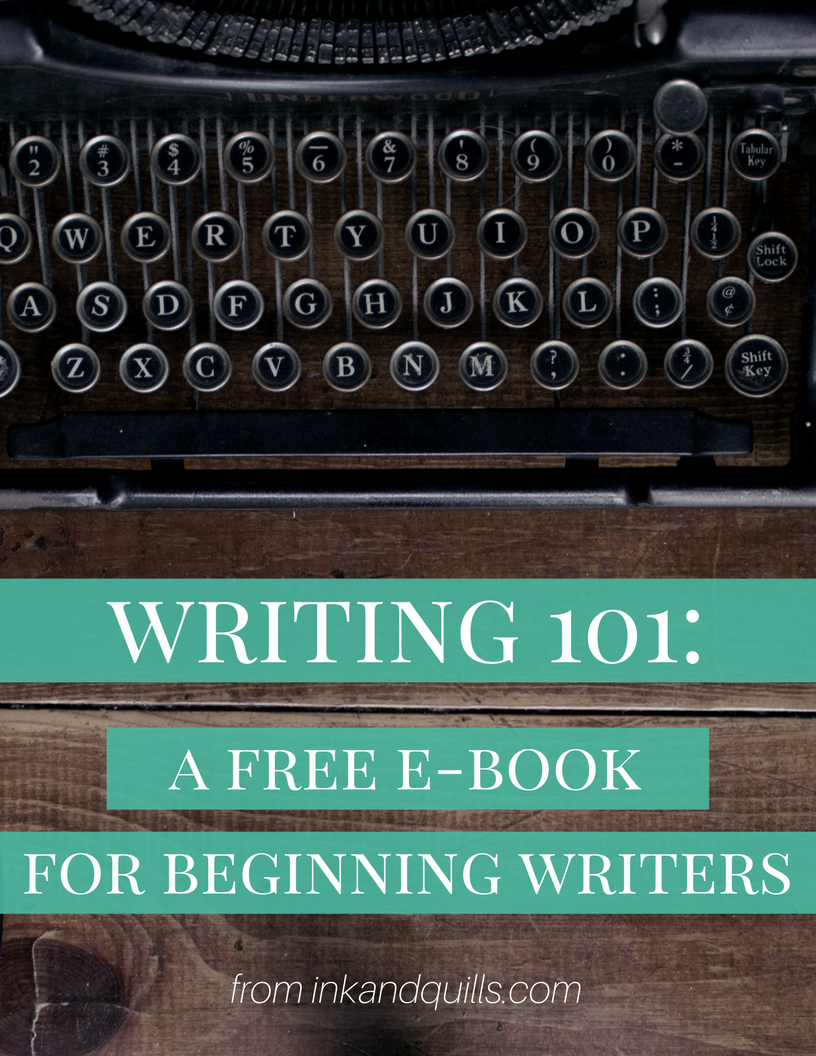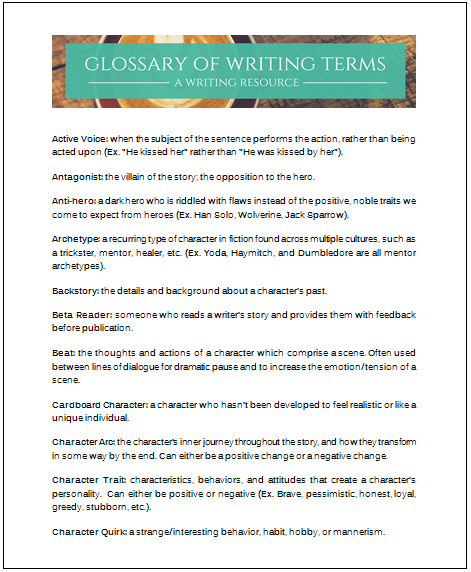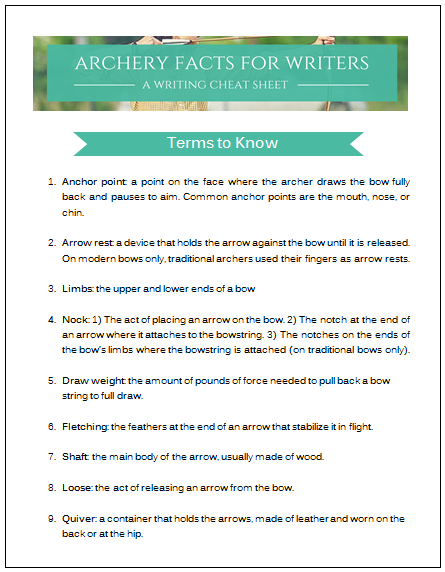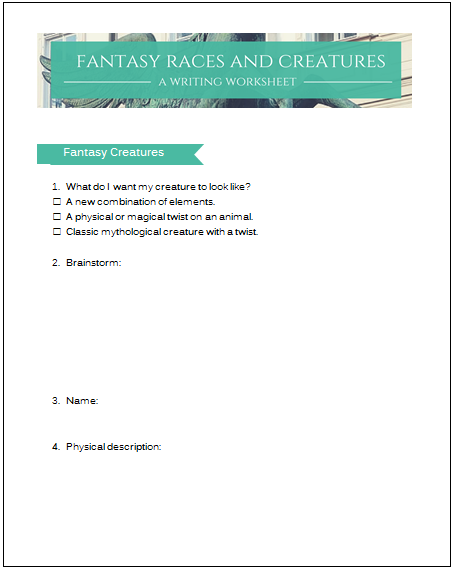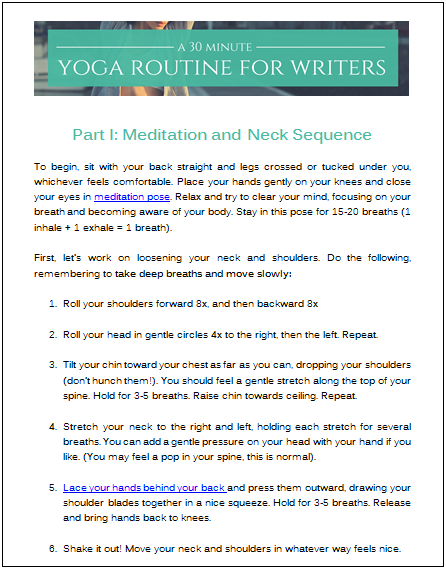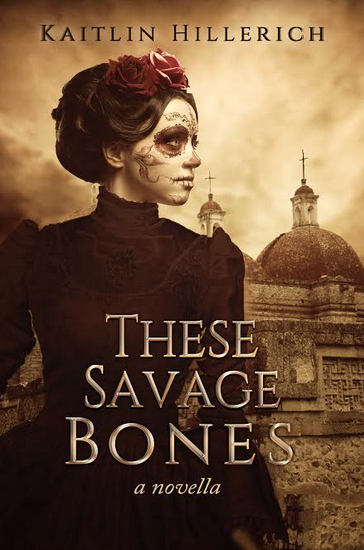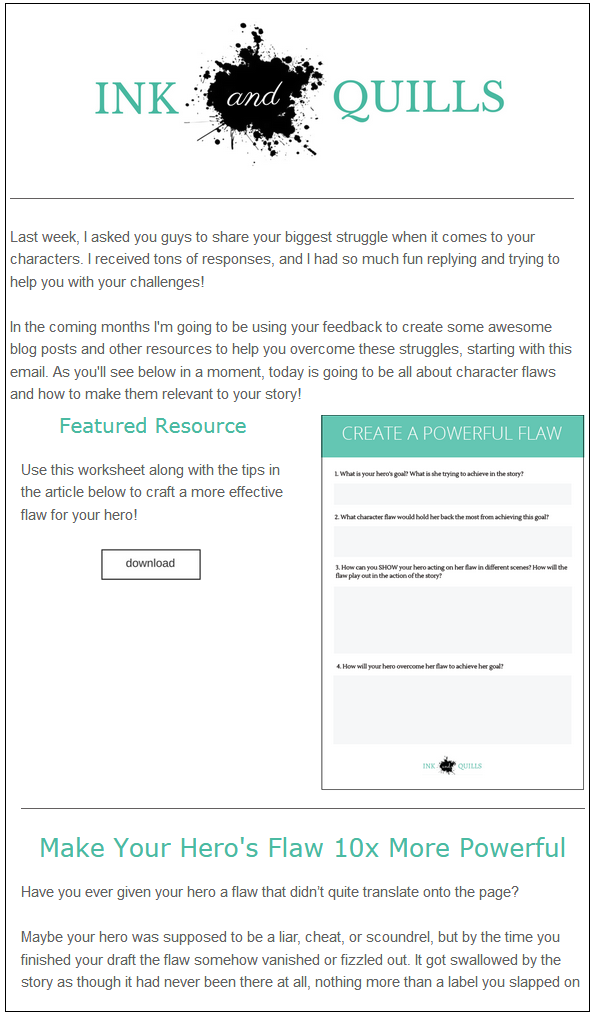 Over the last several weeks, I’ve been sharing with you what I’ve learned about self-publishing as I navigate the process myself for the first time. We’ve talked about how to write book blurb, how to find a cover designer, how royalties and advances work in traditional publishing, and the costs and royalty rates of self-publishing.
Over the last several weeks, I’ve been sharing with you what I’ve learned about self-publishing as I navigate the process myself for the first time. We’ve talked about how to write book blurb, how to find a cover designer, how royalties and advances work in traditional publishing, and the costs and royalty rates of self-publishing.
I’ve learned so much throughout this process and have gained a newfound respect for indie authors. And today I’m so excited to announce that after months of hard work, my YA novella, THESE SAVAGE BONES is now published on Amazon and available for Kindle!
You can click here to purchase your copy, or, if you’d like to read the first chapter for free, click here.
Here’s a description of the story:
Mexico, 18 75. Twenty-three-year old Esperanza de la Rosa knows more about steam engines and electromagnetics than a proper lady should. Fiercely independent, she’s more interested in science and superstition than finding a suitable husband.
75. Twenty-three-year old Esperanza de la Rosa knows more about steam engines and electromagnetics than a proper lady should. Fiercely independent, she’s more interested in science and superstition than finding a suitable husband.
When Esperanza’s uncle is murdered during the Day of the Dead, her world is shaken. To catch the killer, she must accept the help of the last person she wants to see—her ex-fiancé Alejandro Valladares, a gentleman turned bounty hunter with a troubled past.
Thrust into a tangled web of secrets and lies that threaten to destroy everything she thought she knew, Esperanza must uncover the truth and bring her uncle’s murderer to justice or her failure will haunt her forever.
So how does it feel to officially be a published author? Honestly, very surreal. It hasn’t completely sunk in yet, and I’m still getting used to thinking of myself as an author.
In my mind I’ve always been a writer, but I’ve never thought of myself as an author. For me, I’ve always thought of an author as someone who has had their work published. Now that I have a book people can purchase and read I suppose that puts me in that category, but it still feels strange.
It’s also very exciting. I’ve been writing for 11 years now and have written a handful of novels that never saw the light of day, and it’s such a thrilling experience to finally be able to put a story in the hands of readers. I feel so honored and humbled that people actually want to spend their time and money on my book, and it’s extremely fulfilling as a writer. Knowing that I now have readers means the world to me.
All that being said, I’m now going to be honest and vulnerable with you. Publishing is also scary and nerve-wracking. I can’t tell you how many times I asked myself throughout the process, “Are you really going through with this?” At times my doubt would kick in and I would wonder if I was making a huge mistake. What if the story sucked? What if people hated it?
It took me a while to work up the nerve to hit that “publish” button on Amazon, and after I did I felt a little ill. Publication has been one of my deepest, darkest fears as a writer, but I knew that if I wanted to start building a career as an author, it’s a fear I would have to overcome.
It’s hard putting your story out there–it’s a part of yourself, and you’re exposing yourself to criticism and rejection. It takes a lot of courage to become vulnerable and share your work with the world. Though I haven’t received any yet, I know negative reviews are inevitable because it’s impossible to write a book everyone loves.
But I’m trying to remember that I didn’t write this book for those readers–I wrote it for the readers who will fall in love with the story and characters. I’ve come to realize that at the end of the day, you can’t be afraid to publish your story because of the people who will hate it. You need to publish your story because there are people out there who will love it, and they’re the ones you wrote it for.
So I guess what I’m trying to say is, don’t let your future haters rob your future readers of the joy of reading your story.
Writing THESE SAVAGE BONES has been such an amazing experience. When I first decided to write and self-publish a novella three months ago, I wasn’t sure what I was getting myself into. It’s been a challenging journey and I’ve been forced to step way outside my comfort zone, but I’m so glad I decided to do this. When we stretch ourselves until we’re uncomfortable it’s how we grow as writers, and I feel like I’ve grown so much through this process.
If you’re thinking of self-publishing your book–or even submitting your book to a traditional publisher–I hope you will have the courage to put your story out there for the world to see. As writers, we have to learn how to be brave, and the only way to do that is through practice. At some point, we have to take the plunge. I know it’s terrifying and uncomfortable and downright hard, but if you’re always afraid of falling you’ll never give yourself the opportunity to fly. If I can overcome my fears I know you can to, and I want you to know that I believe in you, friend. Mmk?
I’m looking forward to seeing how THESE SAVAGE BONES does in the upcoming weeks, and if you’d like to purchase your own copy, click here. (Or, if you’d like to read the free sample chapter first you can do so here). I greatly appreciate your support, and I’m honored to have you as a reader.











